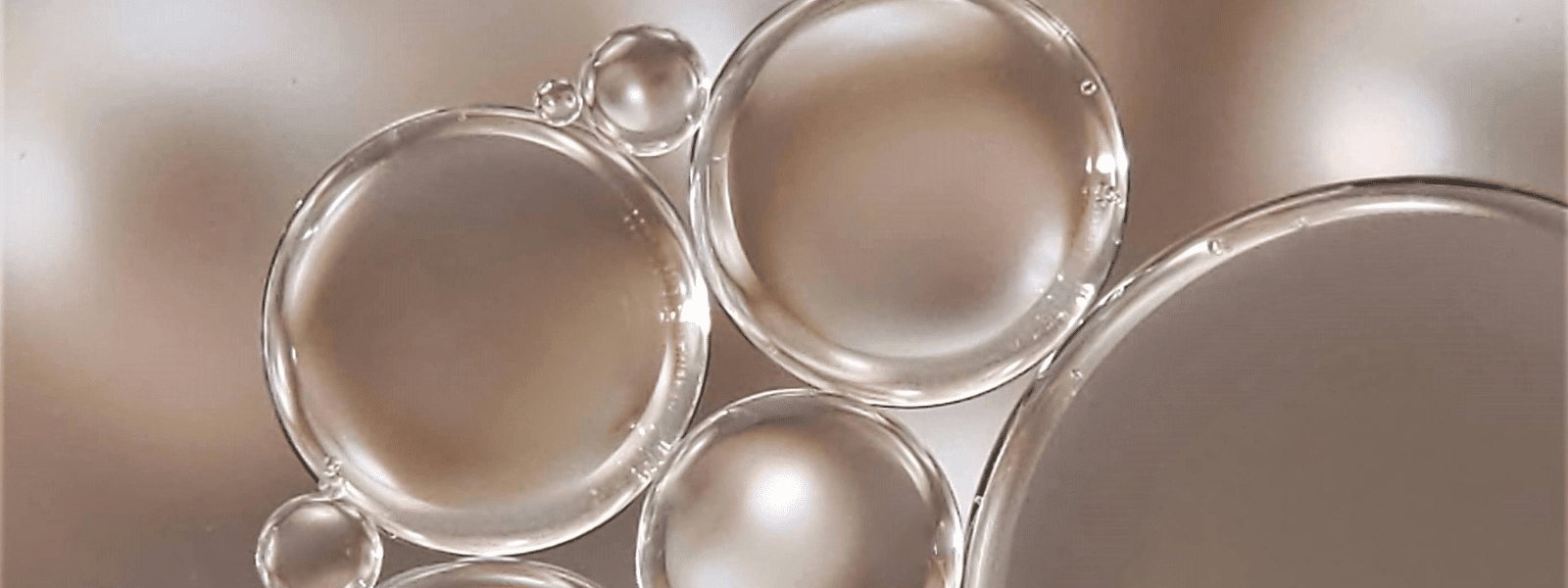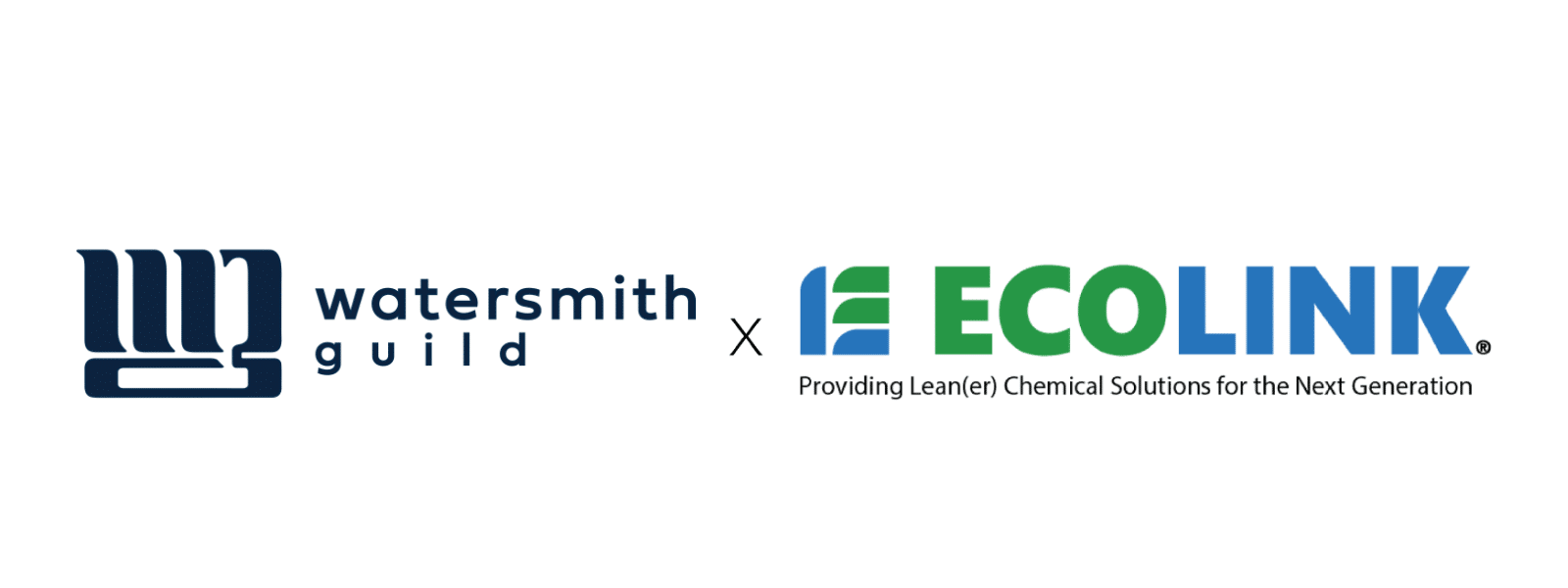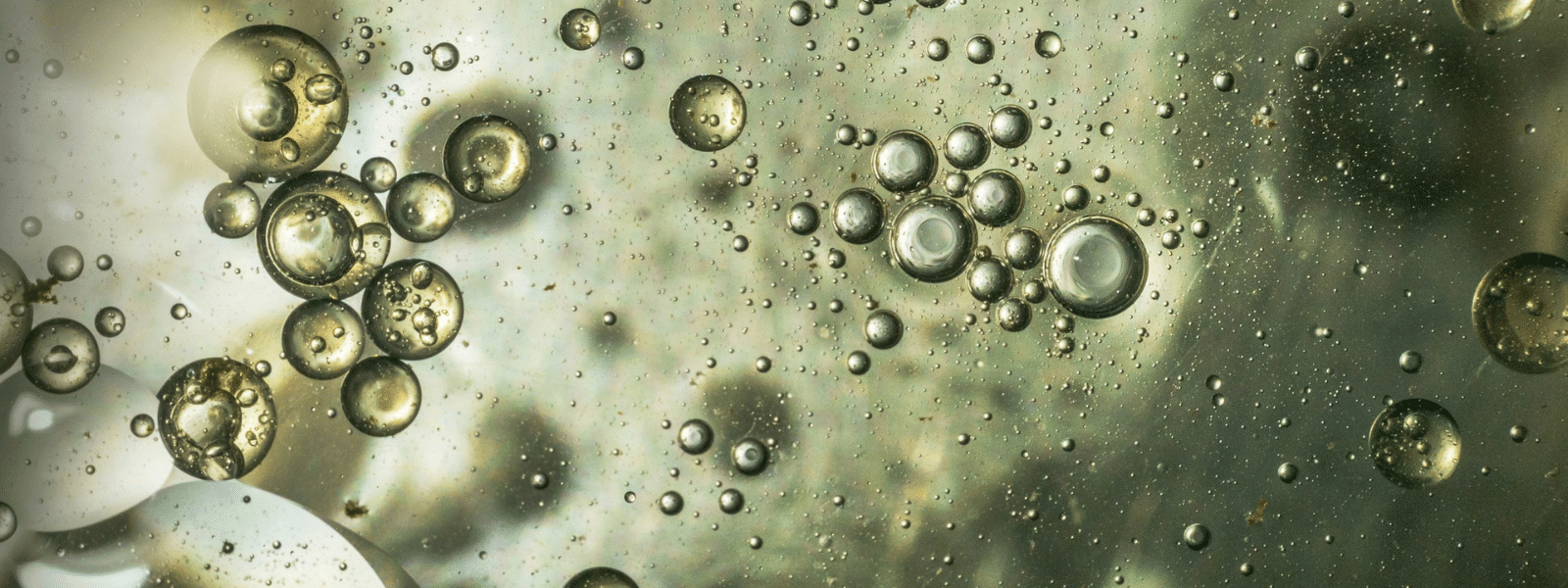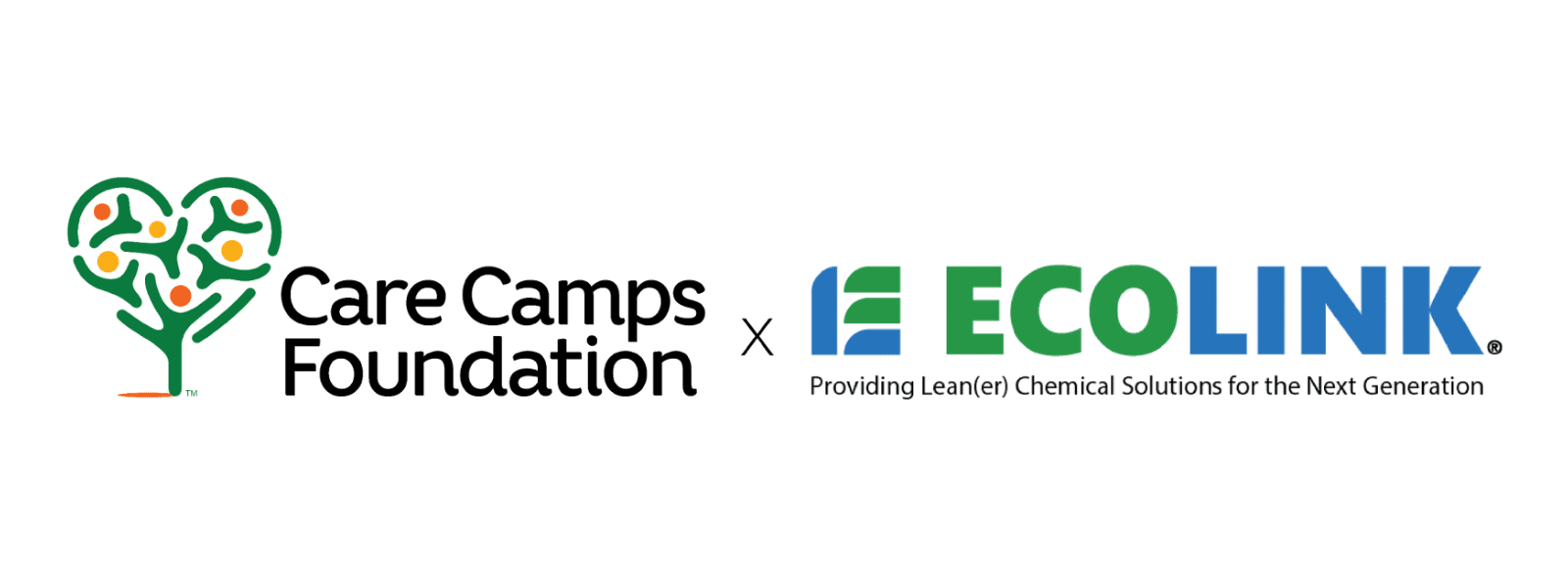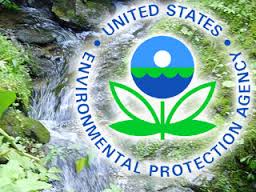 The Environmental Protection Agency, or EPA, creates industry wide mandates regarding the need for using chemical cleaning solvents that do not put in danger workers, people, or the environment. The EPA calls this list of rules, or guidelines, MACT standards (Maximum Achievable Control Technology). MACT standards requires all industrial organizations, and any business that engages in industrial cleaning, to test its chemical solvents and verify whether the chemical compounds in the solvent ingredients emit hazardous toxins into the environment. If the outcome of the test does not satisfy MACT specific emissions limits, then the organization must cease and desist from using the chemical cleaning solvent. The EPA researches and tests chemical compounds commonly used in cleaning and degreasing solvents, and tests those solvents against emissions levels that have been determined safe for people to use, and for environmental exposure. The purpose is to reduce both health and environmental risks associated with the use of any chemical compound found in cleaning solvents. Only when the EPA concludes that industrial organizations are conforming to lower emissions standards will it be able to rest easy and smile.
The Environmental Protection Agency, or EPA, creates industry wide mandates regarding the need for using chemical cleaning solvents that do not put in danger workers, people, or the environment. The EPA calls this list of rules, or guidelines, MACT standards (Maximum Achievable Control Technology). MACT standards requires all industrial organizations, and any business that engages in industrial cleaning, to test its chemical solvents and verify whether the chemical compounds in the solvent ingredients emit hazardous toxins into the environment. If the outcome of the test does not satisfy MACT specific emissions limits, then the organization must cease and desist from using the chemical cleaning solvent. The EPA researches and tests chemical compounds commonly used in cleaning and degreasing solvents, and tests those solvents against emissions levels that have been determined safe for people to use, and for environmental exposure. The purpose is to reduce both health and environmental risks associated with the use of any chemical compound found in cleaning solvents. Only when the EPA concludes that industrial organizations are conforming to lower emissions standards will it be able to rest easy and smile.
Optimum emissions levels to which industrial businesses must adhere, according to MACT standards devised by the EPA, are based on the average of low emissions output achieved by the best performing industrial facilities. During the process of determining what is achievable, based on what the best performing industrial facilities are accomplishing, the EPA investigates areas such as clean processes, control devices, and work practices. At this point, the EPA can set the average standard based on the results, or, if it deems necessary, can establish a more stringent standard, for which it reserves the right. For the EPA to make such a move toward more stringent policies, changes in economics, environmental scenarios, and public health issues must be in play to force such a move.
The EPA recognizes the work that organizations like Ecolink perform, because these kinds of organizations lend assistance to not only informing both industrial organizations and the general public, but also provide solutions that promote the swift transitioning to an eco friendly, green alternative chemical cleaning solutions with low emissions – which makes the EPA very happy. Developing and administering standards that reduce toxic emissions found in chemical cleaning agents is the name of the game, and the EPA is thrilled that organizations like Ecolink aid in achieving improved safety standards. This collaborative approach should continue achieve successes related to the toxic reduction of industrial cleaning solvents.
Industrial businesses that choose to consult with Ecolink are able to identify additional measures that help protect public health and the environment from toxic chemicals found in industrial cleaning solvents. Ecolink has proven successful at enforcing EPA protocol by locating safer industrial cleaning solvents, and helping industrial companies switch to eco friendly, green alternative cleaning solutions.










